Roman Colosseum was an icon of the Roman Empire. The empire included large areas around the Mediterranean Sea in Europe, Northern Africa, and Western Asia. Slaves built the colosseum as a symbol of Roman military might. What struck me at first sight was its vast size. It is an architectural marvel. It must have been quite a place when gladiators and wild animals fought to death. Gladiators were professional combatants in ancient Rome.
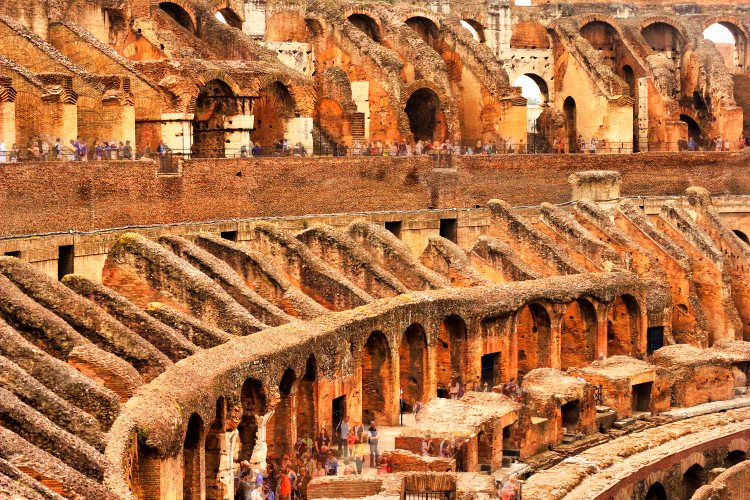
Architecture
Roman Colosseum is an imposing ancient structure. It is elliptical in shape and covered in travertine stone slabs. The could hold upto fifty thousand persons who were shielded from the sun by a massive withdrawable velarium or awning. Now three-fifths of the outer brick wall is missing due to neglect and natural disasters.

A notable feature of the building is its columns. Tuscan columns adorn the first story, The second story has Ionian columns and the third Corthinian style columns. The fourth story of the Colosseum is mostly decorated with pilasters and Corthinian capitals.
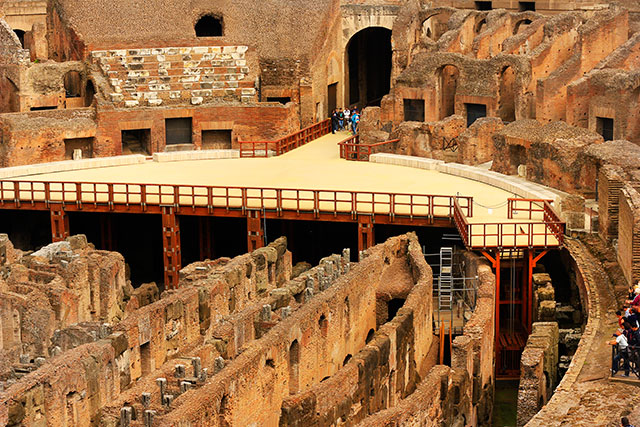
The arena included a wooden floor with 15 cm of sand which was often coloured red to disguise the splatters of blood. This was where all the action took place. The floor contained 36 trap doors. Animals and gladiators used the trap doors to make dramatic entries.
The arena had two gates of Life and Death for the entrance and exit of the victorious and fallen gladiators. A hydraulic system often flooded the arena to stage make-believe sea battles.
The Colosseum would not have been possible without Roman advances in technology. They invented concrete and vaulted arches. This led to construction of the huge Roman Colosseum in a short span of time.
History o Roman Colosseum
Roman Emperor Vespasian of the Flavian dynasty commissioned the Colosseum in AD 72 as a gift to the Roman people. Vespasian’s renown came from his military success. He reformed the financial system of Rome and initiated several ambitious construction projects. This included construction of the Flavian Amphitheatre, known today as the Roman Colosseum. In 80 AD, Vespasian’s son Titus opened the Colosseum with 100 days of games. This included gladiatorial combats and wild animal fights. After four centuries, the fall of Roman empire led to decay of the Colosseum. Restoration work is now going on at the site.
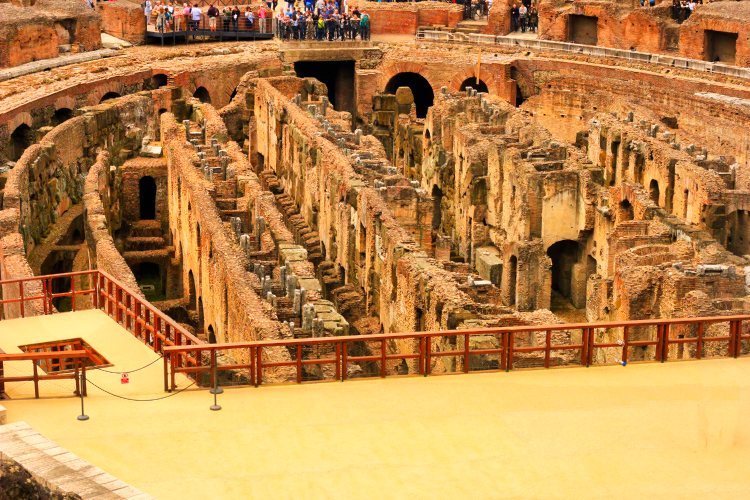
The Colosseum had a large space beneath with 32 cages. The animals and fighters came up by lifts into the area. The gladiators were trained slaves, doomed convicts or prisoners of war. A high barrier surrounded the arena.
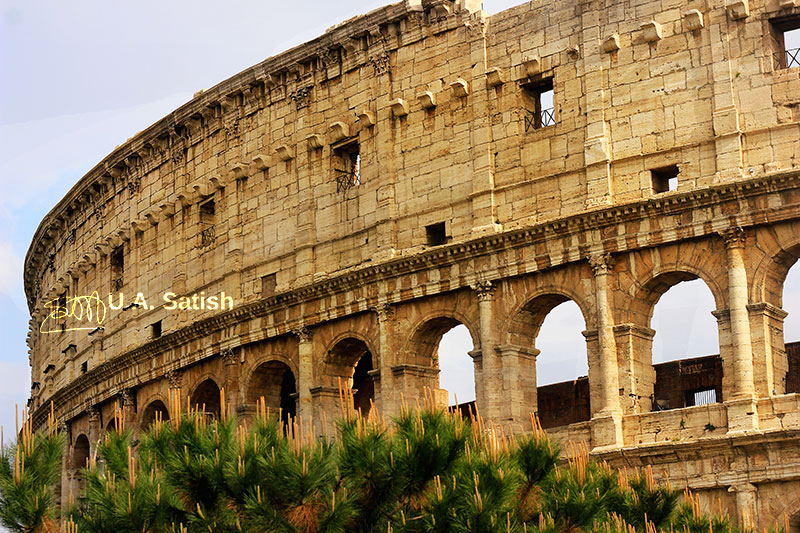
There were four rows of seating. The royal box was at the centre of the bottom row. The big size of the Colosseum makes it the best known building in Rome.
Photo Opportunities
The Colosseum presents a lot of photo opportunities. The sheer size of the structure is such that everything cannot be included in one or two shots. I did get around it to some extent by taking many shots and later merging them in Photoshop.
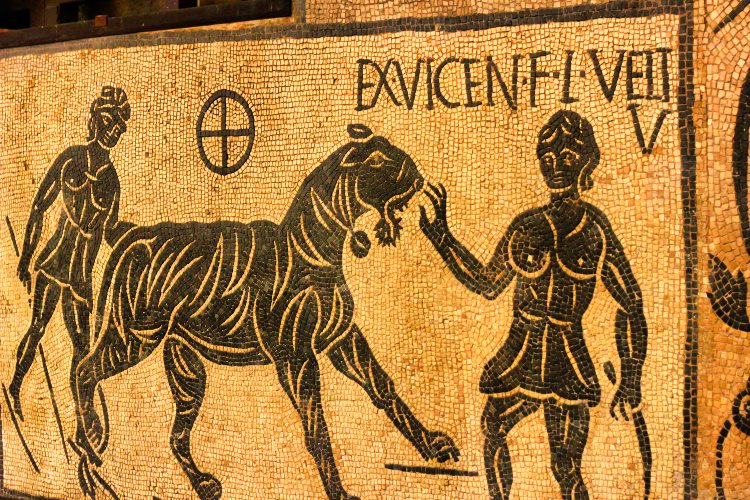
Getting to Roman Colosseum
Colosseum was the first place that we visited after arriving in Rome. I had ordered Roma Pass through the internet. I collected the Roma Pass at the tourist office in Fiumicino Airport. The pass permits free entry to the first 2 visited museums and/or archaeological sites of your choice. So we did not have to buy entry tickets and bypassed long queues at the ticket counters. On Rome Metro, the nearest station is Colosseo.
If you liked the post, you could…
Join more than 5,000 fans of UASATISH by liking us on Facebook, or follow us on Twitter and Instagram.
Related posts:
- Florence Cathedral – the Duomo
- Top Rome Attractions – Must-See Landmarks
- Roman Forum -the Ruins of Ancient Rome